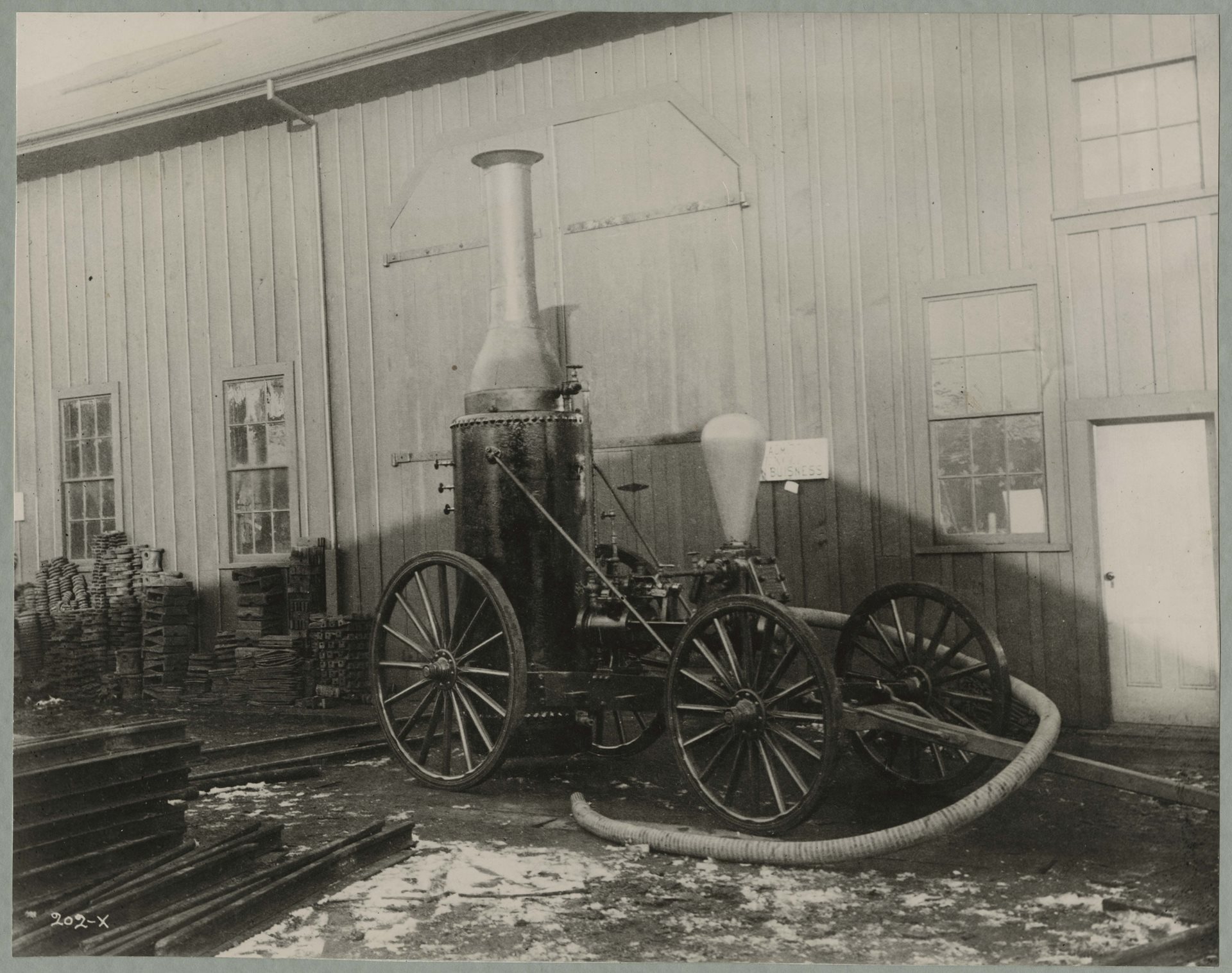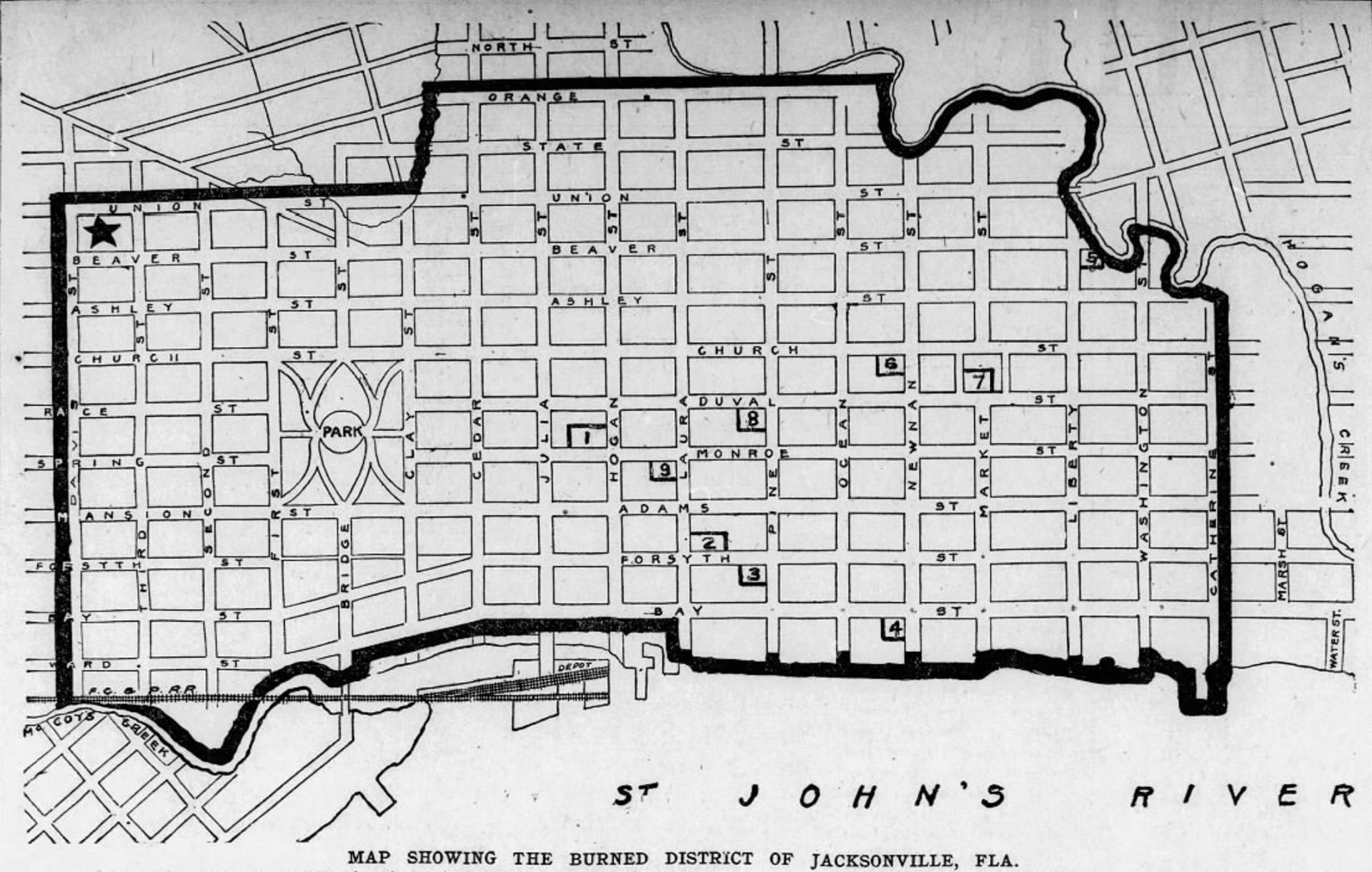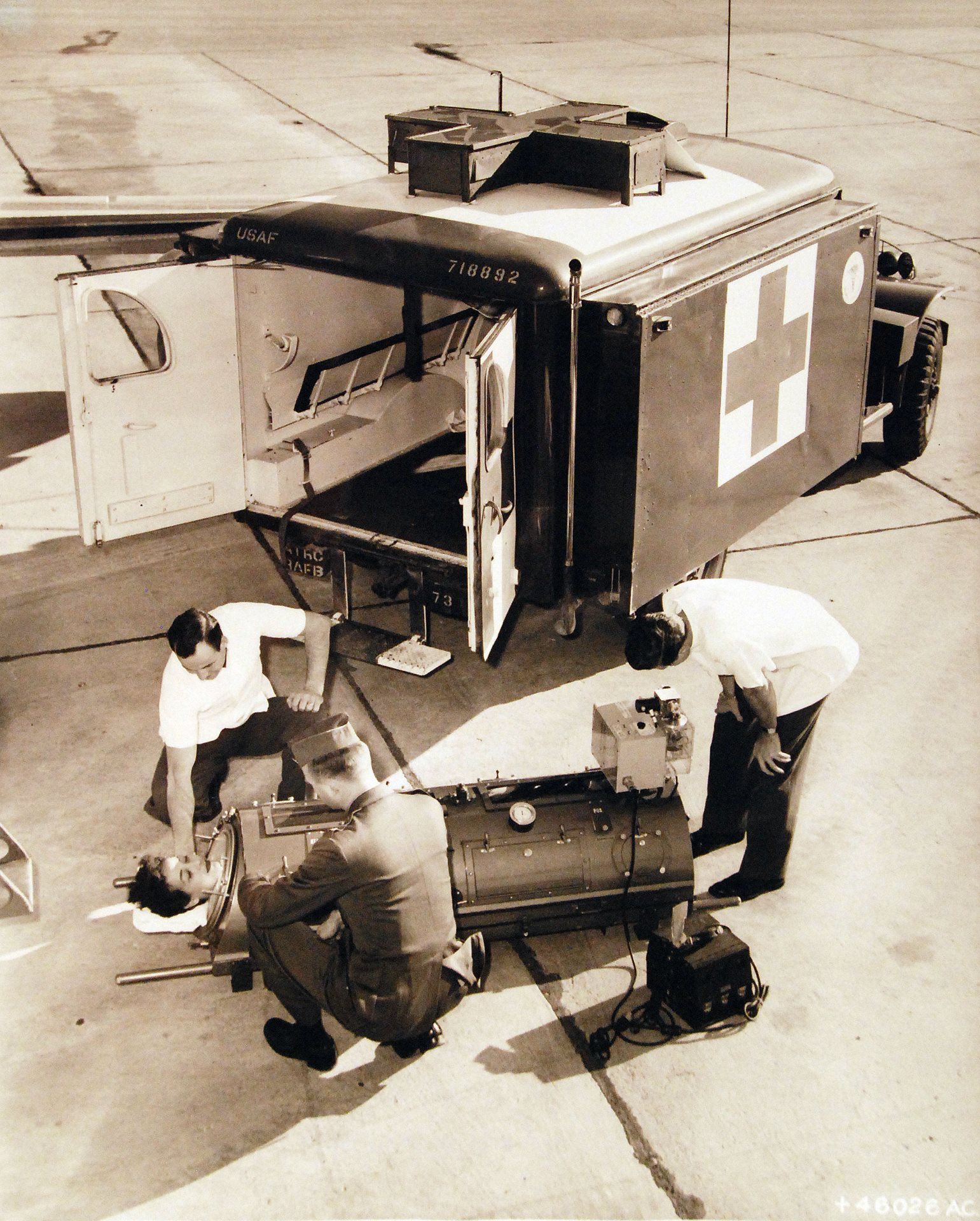Content
History
The Jacksonville Fire and Rescue Department has a long history of dedication and improvement. Since the city's first organized fire force was established in 1886, JFRD has continually enhanced its resources and capabilities to better save lives. Over the years, JFRD has significantly increased its workforce, with more than 1,900 full-time employees in the past year. This growth supports JFRD's commitment to providing exceptional service and adapting to the evolving needs of the community.MyJFRD Timeline
1850
1852
Apr. 5 1854
Nov. 15 1856
Jan. 10 1868
Feb 3. 1870
Apr. 26 1881
Dec. 16 1885
Jul 15. 1886
May. 3 1901
1912
Sep. 14 1922
1945
Apr. 30 1951
1962
Nov. 19 1967
Jan. 13 1977
Oct. 3 1982
Sept 1992
1994
1998
1999
Jan. 20 2021
Oct. 26 2021













_(17204907170).jpg?width=1541&height=1920&ext=.jpg)










